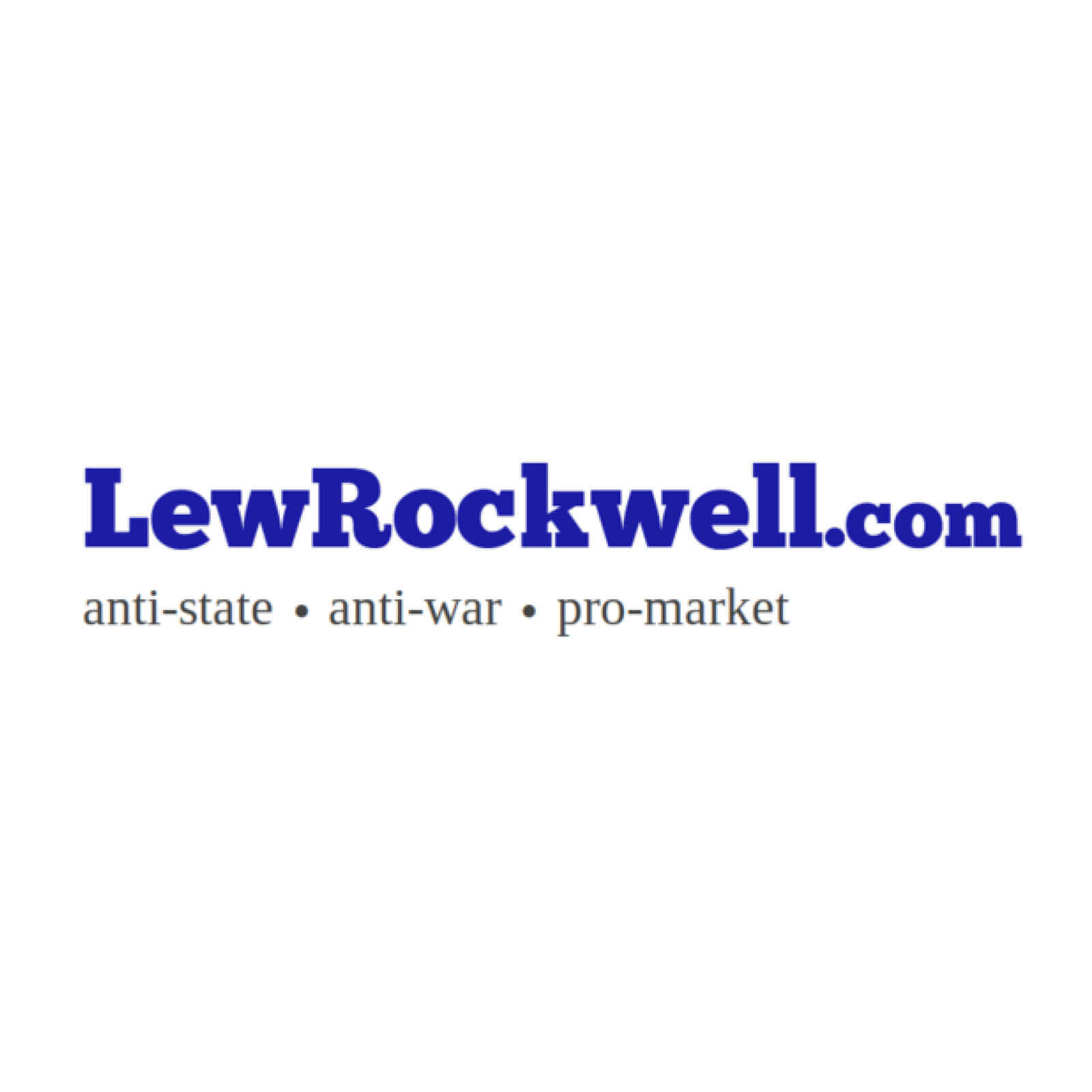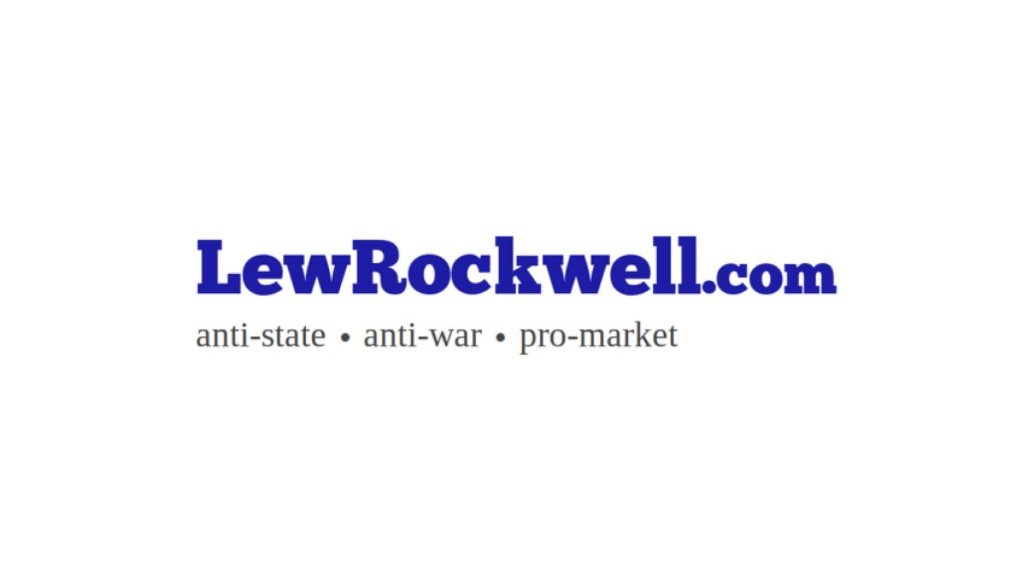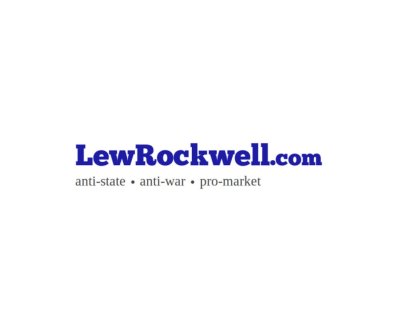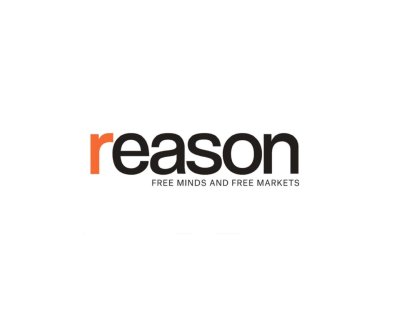Beating Wall Street at Its Own Game — The Bank of North Dakota Model
North Dakota is staunchly conservative, having voted Republican in every presidential election since Lyndon Johnson in 1964. So how is it that the state boasts the only state-owned bank in the nation? Has it secretly gone socialist?
No. The Bank of North Dakota (BND) operates on the same principles as any capitalist bank, except that its profits and benefits serve the North Dakota public rather than private investors and executives. The BND provides a unique, innovative model, in which public ownership is leveraged to enhance the workings of the private sector. It invests in and supports private enterprise — local businesses, agriculture, and economic development – the core activities of a capitalist system where private property and enterprise are central. Across the country, small businesses are now failing at increasingly high rates, but that’s not true in North Dakota, which was rated by Forbes Magazine the best state in which to start a business in 2024.
The BND was founded in 1919, when North Dakota farmers rose up against the powerful out-of-state banking-railroad-granary cartel that was unfairly foreclosing on their farms. They formed the Non-Partisan League, won an election, and founded the state’s own bank and granary, both of which are still active today.
The BND operates within the private financial market, working alongside private banks rather than replacing them. It provides loans and other banking services, primarily to other banks, local governments, and state agencies, which then lend to or invest in private sector enterprises. It operates with a profit motive, with profits either retained as capital to increase the bank’s loan capacity or returned to the state’s general fund, supporting public projects, education, and infrastructure.
According to the BND website, more than $1 billion had been transferred to the state’s general fund and special programs through 2018, most of it in the previous decade. That is a substantial sum for a state with a population that is only about one-fifteenth the size of Los Angeles County.
The BND actually beats private banks at their own game, generating a larger return on equity (ROE) for its public citizen-owners than even the largest Wall Street banks return to their private investors.
Why So Profitable? The BND Model
For nearly a century, the BND maintained a low profile. But in 2014, it was featured in the Wall Street Journal, which reported that the Bank of North Dakota “is more profitable than Goldman Sachs Group Inc., has a better credit rating than J.P. Morgan Chase & Co. (JPM) and hasn’t seen profit growth drop since 2003.” The article credited this success to the shale oil boom; but North Dakota was already reporting record profits in the spring of 2009, when every other state was in the red and the oil boom had not yet hit.
The average return on equity (ROE) of the BND from 2000 through 2023 (its latest annual report) was 19.51%. (ROE = net profit divided by shareholder equity.) Compare JPMorgan Chase (JPM), by far the largest bank in the country, with 2.4 trillion in deposits. Its average ROE from 2000-23 was 11.38% over the same period. For a detailed brea
Article from LewRockwell

LewRockwell.com is a libertarian website that publishes articles, essays, and blog posts advocating for minimal government, free markets, and individual liberty. The site was founded by Lew Rockwell, an American libertarian political commentator, activist, and former congressional staffer. The website often features content that is critical of mainstream politics, state intervention, and foreign policy, among other topics. It is a platform frequently used to disseminate Austrian economics, a school of economic thought that is popular among some libertarians.




